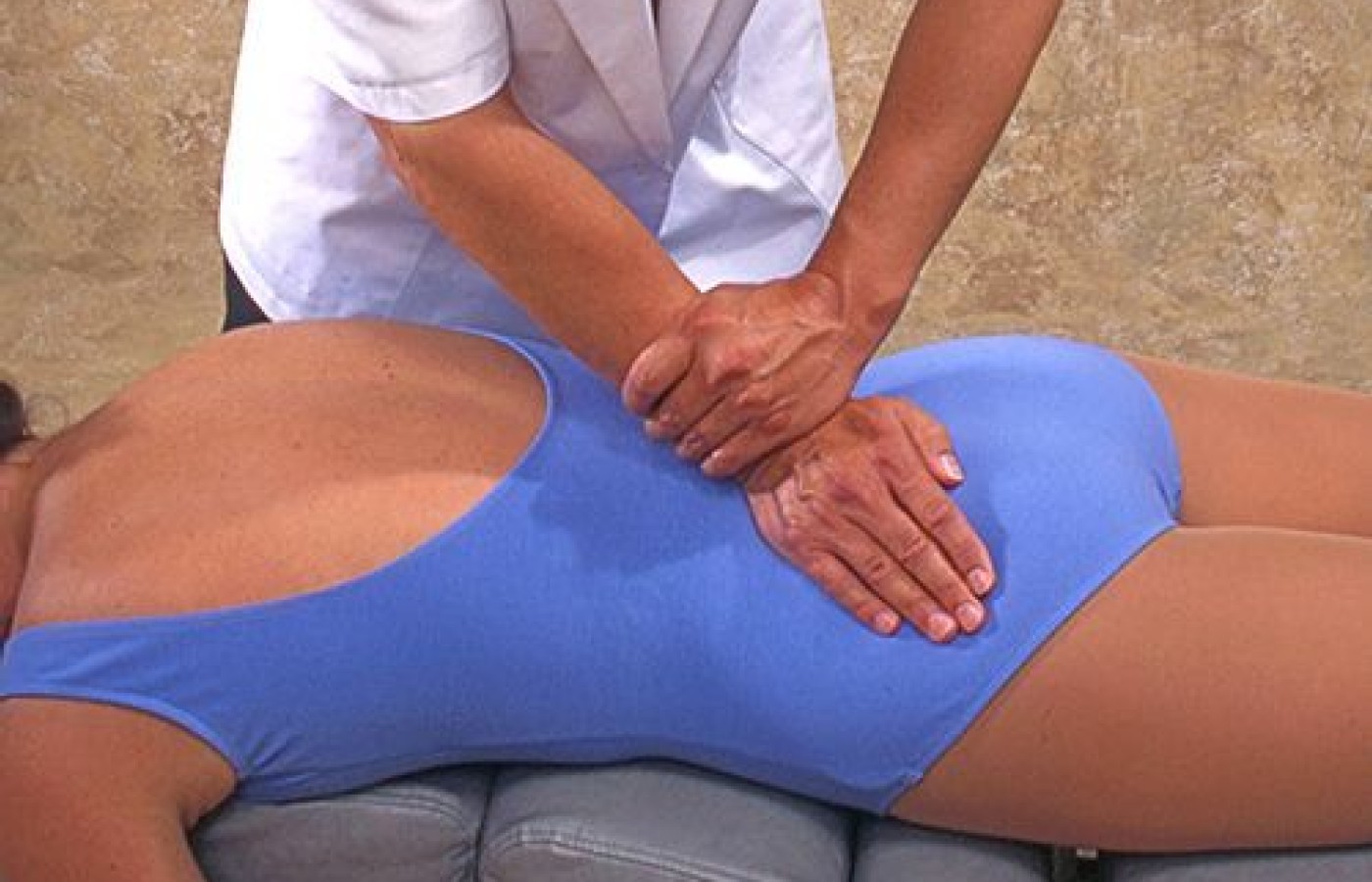You became a chiropractor to serve people, not an insurance company. You deserve to run a business that aligns with your values, supports your family and lights you up. Cash-based care isn’t just a pricing model – it’s a philosophy rooted in freedom, trust and respect for your patients and for yourself. Here's why - and how - to do it.
A New Approach to Correcting SI Dysfunction (Pt. 1)
A common component of low back pain is dysfunction of the sacroiliac joints (SIJs). Dysfunction may include laxity in the joint, inflammatory responses with edematous changes in the joint capsule, and most frequently fixation with reduced range of motion and localized pain. Therefore, effective mobilization of the sacroiliac joint provides the benefits of pain abatement, increased range of motion and improvement or restoration of activity.
The SIJs play a key role in locomotion. Motion of the innominates, particularly the iliums, relative to the sacrum in healthy SI joints coordinates with all components of gait. Consequently, SI dysfunction frequently coincides with abnormalities of gait, as well as pain and limited range of motion in the joints themselves.
The nature of sacroiliac dysfunction has been discussed frequently in clinical literature; however, the key event is restricted mobility or fixation of the SIJ as indicated by a positive sacroiliac fluid motion test.
Biomechanics and Pathophysiology

Several explanations for SI dysfunction have been proposed; let's examine two of these models or explanations. Weinert has cast some doubt on the validity of the Gonstead analysis for pelvic and specifically SI misalignments. Apparent PI and AS ilium observed on plain-film X-ray of the pelvis may be an artifact of postural and positional distortions presenting, in effect, an optical illusion of SI misalignment. As Weinert observes, "[S]mall degrees of [axial] rotation may appreciably change pelvic listings."1
For example, the closer the innominate is to the bucky, the more likely it is to appear or be interpreted as an "AS ilium." Conversely, the innominate that has moved farther away from the bucky may be read as a "PI ilium." Since differences are measured in small increments of a few millimeters at most, Weinert cautions against overinterpreting measurements to derive listings from plain-film radiographs.
Schleip's discussion of fascial response to inflammation and injury may provide another explanation for SI dysfunction without attributing it to measurable misalignment of the iliums relative to the sacrum based on X-ray analysis.
Fibroblasts and the collagen they secrete have no appreciable contractility, but the "presence of myofibroblasts ... in skeletal ligaments and tendons"2 appear to play a role in reducing the distensibility of articular and peri-articular soft tissue, resulting in reduced ROM, fixation and adhesion. "Fibrotic adhesions derive from areas of chronic inflammation," Schleip observes,3 and points out that fibrocytic activity results in irregular deposition of collagen. Such adhesions can occur in any region of the body, including the SIJs, and on occasion reach "pathological proportions."3
Sacroiliac Fluid Motion Testing
Sacroiliac fluid motion should be tested and compared on both sides of the patient's pelvis.4-5 In general, fixation of the SIJ does tend to occur in the more symptomatic side. Chronic fixation of one SIJ may contribute to mild compensatory hypermobility of the articulation on the opposite side, and the patient may experience discomfort and point tenderness on the side opposite fixation.
To test fluid motion of a SIJ, stand on the side opposite the joint to be evaluated. Face obliquely inferior at about the level of the lumbar spine or the iliac crest. Using the superior contact hand, apply a firm, continuous pressure directed toward the acetabulum.
If the leg on the side tested lengthens during application of pressure, while the opposite leg shows no change or response, the SIJ on the side tested is freely movable. However, if both legs lengthen simultaneously during application of pressure, the SIJ on the side tested demonstrates fixation.
Editor's Note: Part 2 of this article (April issue)discusses palpating for joint tenderness, correcting the fixation and instructions for post-checking the correction.
References
- Weinert DJ. Influence of axial rotation on chiropractic pelvic radiographic analysis. J Manipulative Physiol Ther, 2005;28(2):117-121.
- Schleip R, Werner,K. Active fascial contractility: fascia is able to contract and relax in a smooth muscle-like manner and thereby influence biomechanical behavior. 1st International Congress of Osteopathic Medicine, poster presentation, September 2005.
- Schleip R, et al. Fascia: The Tensional Network of the Human Body. Churchill-Livington, Elsevier, 2011.
- Burns JR, et al. Palmer College of Chiropractic Adjusting Technique Manual. Davenport, IA: Palmer College of Chiropractic, 1981.
- Pettersson HA, Green JR. How to Find a Subluxation. Davenport, IA: Black Athena Press, 2003.



